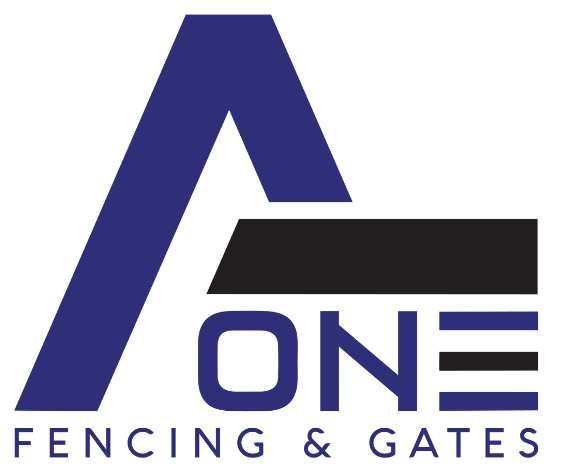The Pros and Cons of PVC Fencing: Making an Informed Decision
When it comes to choosing the right fence for your property, there are several factors to consider. Vinyl fencing, commonly referred to as PVC fencing, has become increasingly popular in recent years. This is primarily because of its exceptional durability, minimal upkeep requirements, and the diverse array of styles available. However, it is crucial to carefully consider the advantages and disadvantages of PVC fencing in Gold Coast to ensure it meets your specific needs and preferences before making a decision.
Pros of PVC Fencing:
1. Durability:
PVC fences are known for their exceptional durability. Unlike traditional wood fences that can rot or warp over time, PVC fences are resistant to harsh weather conditions such as extreme heat, cold, and high winds. This makes them an excellent choice for regions with challenging climates.
2. Low Maintenance:
One of the key advantages of PVC fencing is its low maintenance requirement. Unlike wooden fences that need regular staining or painting, PVC fences only require occasional cleaning with soap and water to maintain their appearance. This not only saves you time but also saves you money in the long run. You won't have to spend on staining materials or hire professionals for regular upkeep.
3. Variety of Styles:
PVC fences offer a wide range of style options to suit various aesthetic preferences. Whether you prefer a picket fence for a traditional look or a tall privacy fence for added seclusion, there's a PVC fence style to match your taste. Additionally, PVC fences can mimic the appearance of other materials such as wood, giving you the flexibility to achieve the desired look without the drawbacks of those materials.
Cons of PVC Fencing:
1. Initial Cost:
While PVC fences offer long-term cost savings in terms of maintenance, the initial cost of installation can be higher compared to other fencing options. When evaluating the overall value for your investment, it is crucial to consider the long term benefits and durability of PVC fencing.
2. Extreme Weather Limitations:
Although PVC fences are designed to withstand harsh weather conditions, certain extreme weather events can still cause damage. For example, very high winds or flying debris during storms may lead to fence panel damage. It's crucial to assess the specific weather conditions in your area and consult with professionals to ensure your PVC fence is appropriately installed to withstand potential weather challenges.
3. Environmental Impact:
PVC fencing is made from a plastic-based material called polyvinyl chloride (PVC). While PVC fences are considered an eco-friendly alternative to wood fences due to their low maintenance requirement, it's essential to consider the
Tips for Proper PVC Fence Installation and Maintenance
Installing a PVC fence requires careful planning and execution to ensure its durability and longevity. Here are some tips to help you with the proper installation and maintenance of your PVC fence:
1. Choose the Right Fence:
Before starting the installation process, carefully consider your needs and preferences. PVC fences come in various styles, such as picket, privacy, and decorative options. Assess your requirements and select the fence style that best suits your property and aesthetic preferences.
2. Prepare the Ground:
Before installing the PVC fence, it is essential to prepare the ground properly. Before installing the fence, it's important to clear the area of any debris, rocks, or vegetation that could potentially obstruct the installation process.
Ensure that the ground is level and compacted to provide a stable foundation for the fence.
3. Digging the Post Holes:
Use a post hole digger or an auger to dig holes for the fence posts. When installing a fence, it's important to consider the depth of the holes. As a general guideline, dig holes that are at least one-third the height of the fence. This will help ensure stability and durability.
4. Secure the Posts:
Once the holes are dug, insert the fence posts into the holes, making sure they are plumb and properly aligned. Use a level to ensure the posts are vertically straight. Fill the holes with concrete or gravel to secure the posts in place. Allow the concrete to dry completely before proceeding with the installation.
5. Install the Rails and Panels:
After the posts are secure, attach the rails to the fence posts. Use screws or brackets to ensure a secure connection. Next, attach the PVC panels to the rails, ensuring they are evenly spaced and aligned. Follow the manufacturer's instructions for proper installation techniques.
6. Regular Maintenance:
PVC fences are known for their low maintenance requirements. Keeping the fence in optimal condition requires regular maintenance. Periodically clean the fence with a mild soap and water solution to remove dirt or debris.
Inspect the fence regularly for any signs of damage, such as cracks or loose panels, and repair them promptly to prevent further issues.
7. Protect from Extreme Weather Conditions:
PVC fences are designed to withstand various weather conditions, including harsh sunlight, rain, and wind. However, extreme weather conditions can still have an impact on the fence's durability. To keep your belongings safe from sun damage and fading, it's advisable to apply a protective layer like a UV-resistant coating. This simple step can help maintain their quality over time.
